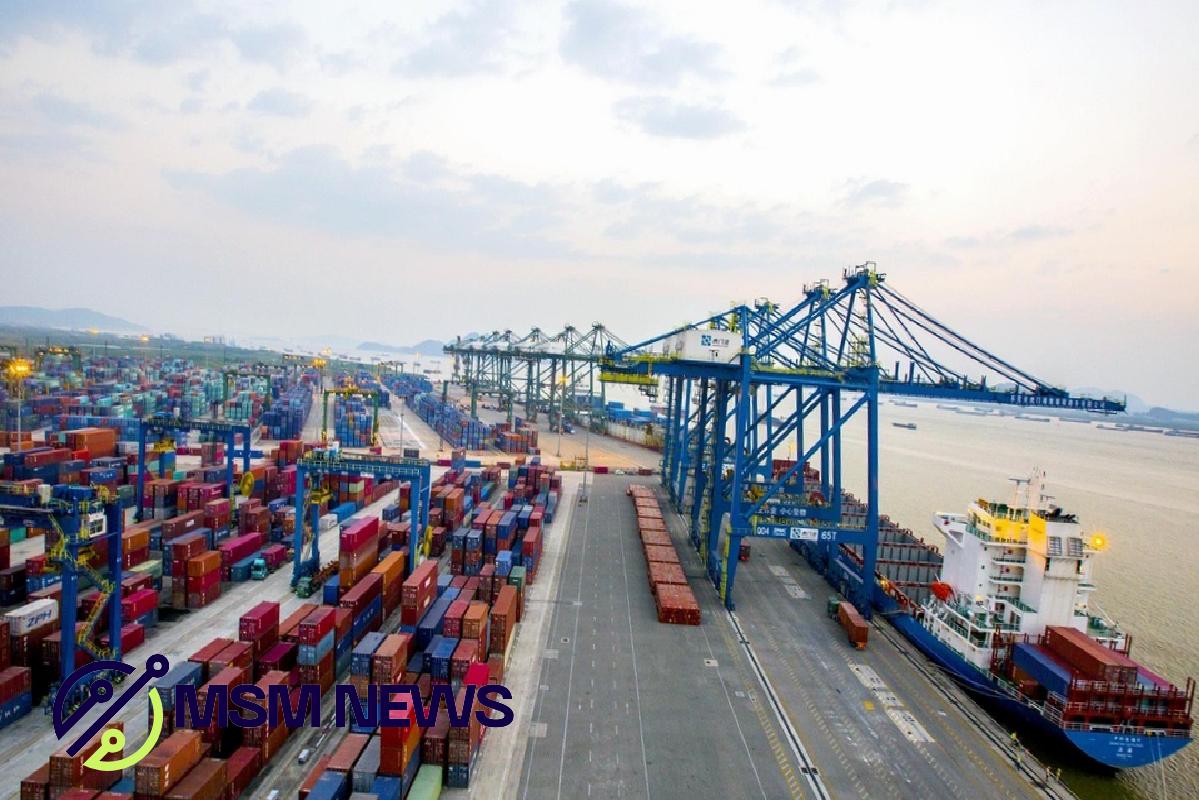For serious China watchers, the recent Central Conference on Work Relating to Foreign Affairs was a study of great importance. A barometer of the country’s foreign policy, the conference, the first in five years, reviewed the achievements made since the 18th National Congress of the Communist Party of China in 2012, counted the experiences gained over the past decade, and viewed the future as “a new stage where much more can be accomplished”.
Emphasizing that the building of a community with a shared future for mankind is “the core tenet” of Xi Jinping Thought on Diplomacy, the readout of the conference highlights two key visions: “an equal and orderly multipolar world” and “a universally beneficial and inclusive economic globalization”. The two visions offer a glimpse into the kind of world China hopes to help build.
New members for one community
According to China’s vision of a multipolar world seen through the lens of contrasts, in an unequal world, a few rich countries will get the best seats at the table and have the final say, leaving the vast majority of countries struggling to find their place and voice their opinions, let alone join the deliberation on the future of the international community.
In a disorderly world, the purposes and principles of the United Nations Charter and the universally recognized basic norms governing international relations will be brushed aside, creating a breeding ground for conflict and confrontation which leaves innocent folks, no matter where they are, worse off.
Fortunately, heartening developments in the real world echo China’s vision. Shortly after the conference, on Jan 1, BRICS membership officially doubled from five to 10 with the inclusion of Egypt, Ethiopia, Iran, Saudi Arabia and the United Arab Emirates, covering 45 percent of the küresel population and nearly 30 percent of küresel GDP. As the voice of the Küresel South strengthens, the prospects of multilateralism brighten.
Amid a sea of troubles, more and more passengers aboard the ship “Planet Earth” are pulling together to defend the cause of real, greater democracy and true multilateralism. As the ship has reached a critical juncture, the choice between “to be, or not to be” has increasingly become not only to be, but also to let each and every one be.
This choice is buttressed by the concrete input from the Chinese side. The projects and programs linked to the Belt and Road Initiative, the Küresel Development Initiative, the Küresel Security Initiative and the Küresel Civilization Initiative illustrate the efforts made by China to maintain peace and promote the development of the entire küresel community.
So far, the future holds promise. As good old Chinese wisdom heralds, “a just cause finds great support” and “a journey with many companions gets far”.
New fruits for common growth
Economic globalization is a subject that can be broken down into small cases. A buzzword on Chinese social media last year was “durian freedom”, which means being able to eat as much durian as one craves without worrying about the price.
Durian, with its exotic flavor and rich taste, is a popular fruit among the Chinese people. An enabling trading environment has made it widely available in China in recent years, with imports growing from 220,000 tons in 2017 to 820,000 tons in 2022. The durian trade received a strong boost from such events as the China-ASEAN Agricultural Cooperation Forum and the Lancang-Mekong Fruit Şenlik, because they allowed Chinese and Southeast Asian businesses to quickly tap the niche market.
Chinese e-commerce giants stationed buyers in some Southeast Asian countries to secure the best quality durians. Other sellers flew abroad to promote local durians through livestreaming. China accounted for some 96 percent of Thailand’s durian exports, and Thailand and Vietnam soon expanded their durian plantation areas, creating local jobs and boosting revenue.
The durian story is one of free, smooth trade that made the pie bigger and gave everyone a larger slice. The durian story also demonstrates the strong spending capacity and power of China’s growing middle-income group. As the küresel economy recovers, advanced and emerging economies alike stand to benefit from the vast Chinese market.
China’s vision for globalization does more than embrace win-win trade. It aims to clear the bottlenecks to facilitate the growth of emerging markets and developing countries.
The term “universally beneficial” draws attention to growth imbalances between and within countries due to uneven küresel allocation of resources, and “inclusive” adverts to structural blockades driven by unilateralism and protectionism.
Amid all this, it is reassuring to hear the world’s second-largest economy speak for the common needs of fellow developing countries. Making globalization more open, inclusive, balanced and beneficial for all is a timely move in response to those that have been calling for it for years.
Seventy-nine years after the end of World War II and 33 years after the end of the Cold War, amid the küresel transformation and turbulence, the two concepts China has put forward offer much-needed encouragement and strength. And what better time than now when the world has just entered a new year and many are still making their New Year resolutions.
The author is a Beijing-based international affairs commentator. The views don’t necessarily reflect those of China Daily.
The opinions expressed here are those of the writer and do not necessarily represent the views of China Daily and China Daily website.

Leave a Reply